Don't worry folks, we're note' talking about going into darkness, but to the RED PLANET. NASA has announced the newest " class" of astronauts to train to go to Mars. Considering how long it will take to get there and that these people are in their 30's now, they probably won't get to see Mars, but they should definitely get to help design/test all the stuff to get there. Though who knows with modern medicine, 60 might be the new 30 by then ;) We've got Josh Cassada - PHD in physics and specialist in photon detectors. Photon detectors are used for fancy quantum computing stuff, so maybe the computers of the new space missions will be slightly less analog. Victor Glover is a lieutenant commander in the Navy, a pilot, and currently serves as a Navy Legislative Fellow to Congress. Tyler (Nick) Hague is a test pilot for the air force, went to MIT, and currently works for the DOD as the Deputy Chief of the Joint Improvised Explosive Device Defeat Organisation. Christina Hammock is the station chief for NOA in American Somoa. Nicole Aunapu is a Marine and a test pilot for the Navy Anne McClain is a helicopter pilot in the army and a test pilot for the navy. | | Jessica Meir graduated from the International Space University (not to self .. look up) has a PhD from Scripps and is currently an Assistant Professor of Anesthesiology at Harvard Medical School. Last but not least is Andrew Morgan. He is a doctor and serves in the Army and has previously served as a emergency doctor for special operations.
Photos are below. I'm waiting on my trading cards. Photo Credits: TheFilmStage, LA Times
XKCD is pretty much the best comic ever created for science nerds. The author, Randall Munroe, just nails the feeling and humor of the smart, moderately socially adept set. Sometimes he's funny, sometimes poignant, and from time to time busts out with a really cool science image. Take the one above comparing the thickness of ice sheets compared with modern skylines, which, hey, look pretty tall to me in real life. Neat.
My personal nerd quotient goes up because in my combined love of rock climbing and fantasy literature, this post made me think of one of the books in the Clan of the Cave Bear series (aka Earth's Children). In one of them, the protagonists ice climb the face of the glacier to escape something, in what I'm sure was an out of the pot into the frying pan kind of situation. In any case, looking at the true thickness of the glacier, that does not seem reasonable! Yes, that is where I am drawing the line in a book about humans and neanderthals who talk with their hands and have magical/mystical mind powers.
 Its been a long time since we had a good science post! I've been volunteering with an environmental NGO here in Brno - Nadace Partnerstvi. They have a community garden outside their building that includes elements to teach ecological concepts to kids. One of them is about the age of the universe. There are bronze plaques on the ground and distances separating them illustrated the time gaps between events (creation of universe, creation of earth, single celled organisms, etc) as you walk through the garden. Its of of several really great hands on educational tools in the garden. For the more technologically inclined, check out here is today. :)
Thinking this planet isn't big enough for the both of us? A neat infographic from popular science shows a visual way to screen potential celestial bodies for your new home. A full color wheel means you can pack your rucksack and fuel up your rocket. Any gray areas, you might just want to think about buying an island. I am looking forward to astronomers learning more about those extra solar planets. My moon boots are burning a hole in the closet.
 Your brain is a weird, weird place. This really neat site from the Japan Science and Technology Agency has great illustrations on how the brain interprets information that we see. It has four main modules. In session 1, you learn about how your brain fills in information that your eyes can't actually see. Your brain will create images in your blind spot and fill in motion where it doesn't exist. Session 2 focuses on how the brain understands three dimensional on a two dimensional surface. You may have had to learn about drawing in linear perspective or how to draw shade on a vase in art class, but your brain already has a complex understanding of it. Session 3 takes us out into the wild world of color. Is the color you see more heavily influenced by the color itself or what surrounds it? What about size? Finally in session 4, the illustrations show how each of these properties effects what you actually think you are seeing. I've seen most of this before in textbooks - biology, psychology, etc - but the presentation here is so simple and clean it is definitely worth a look.
Today's subject is close to my heart, or more desirably, close to my sinus cavities. I know that antibiotics are good for killing off bacterial infections in your body, but it occurs to me that I don't actually know the mechanism by which it happens. So, thanks to Wikipedia, now I do. Penicillin has something called a β-lactam ring in its molecular structure. This structure binds to a protein in the cell wall of bacteria, interfering with reproduction and maintenance of the cell wall. When the cell tries to split, it ends up with a larger cell with no cell wall.The new, naked cell will take on water and eventually burst. You can see a similar process here: So here's hoping there are lots of bursting bacterial cells in my system today. Sounds like popcorn. Image credits: Wikipedia
Yesterday's photo was taken just outside of the Erg Chebbi dunes in Morocco. Traveling there was a bit surreal. We descended out of cold wet mountains and slowly but surely the air got hotter, drier, and dustier. We exited the last town into the desert. This wasn't a cartoon, US western desert with seguaros everywhere. Its grey, flat, and dusty. Took a left into the desert and then these beautiful orange dunes slowly started growing out of the horizon. So, naturally, rather than contemplating the beauty of the landscape, I wanted to know, why are the sand dunes there but not here? Why do they just stop? First, lets talk about how the sand dunes formed. Sand is just eroded rock that is now being moved around by the wind. To form a sand dune, the sand hits some obstacle, gets stuck, and starts piling up. Eventually you get the cool, undulating dune shapes so friendly to photographers. Over time, the sand dunes will migrate in the direction of the prevailing wind until the sand reaches a physical obstacle or a new environment with more variable wind conditions. Through the magic of google earth, I was able to check out the Erg Chebbi Dunes... ... turns out they are located in a river basin. The prevailing wind direction in the Sahara is easterly (as in it comes from the east), so sand is blown to the west across land at an elevation of about 3000 feet. When it drops into the river valley, it slows down and more sand drops out onto the ground, creating the original dunes. Perhaps localized wind conditions within the valley keep it in more or less the same area.
My curiosity is mostly sated, but actual geologists (not pretend ones like me) feel free to sound off...
Turns out its not aliens. And I thought the Abyss was a documentary. But James Cameron knew it was made up, so in March 2012 James Cameron went down to the bottom of the Marianas Trench in a deep see submersible to shoot a movie and collect scientific samples. The BBC has a really nice infographic to give you an idea of just how incomprehensibly deep the deepest place on earth is. So aside from curiosity why do we care what is down there? - Earthquakes & Tsunamis - The Marianas trench (and other ocean trenches) is at the intersection of two tectonic plates. These intersections are thought to be the origin of really big earthquakes that cause tsunamis.
- Biology - Discovery of the surprisingly plentiful and varied lifeforms that live down there.
- Climate Change - The ocean trenches are thought to be important parts of the carbon cycle in the atmosphere as large amounts of carbon (organic matter) collects at the bottom of the trench.
We are still waiting to hear about what scientific discoveries Cameron's dive specifically helped to shed light on, but in the meantime here are some images of creatures living deep, deep within the ocean to wet your appetite. Photo Credits: National Geographic 1, 2, 3
Photos taken with electron microscopy for the 2012 FEI Image Contest. The images below show the head of an embryonic zebrafish, ground coffee, geranium pollen, mouse kidney, mosquito egg, corn starch, spider skin, bacteria in human intestine, and an aphid on a leaf. Can you guess which is which?
I remember going to the beach as a kid and searching for "sea glass". And I'm sure I bought (or begged for) jewelry from artisans in beach towns made out of the sea glass. I don't remember when exactly, but sea glass started to get more and more scarce. It was only when it became harder to find that I made the connection that sea glass is trash. It is pieces of glass thrown into the ocean that have been worn smooth and washed up on shore. The fact that it doesn't appear as frequently anymore is evidence of how successful anti dumping campaigns have been at reducing the amount of trash that reaches the ocean. However, if you are feeling nostalgic for the pretty glass stones, worry not, there is still somewhere to go find some! Fort Bragg, CA is located on the pacific coast of California about halfway between San Francisco and the Oregon border. The beaches were used as trash dumps until the 1960s. Due to the ocean currents in the area, the glass gets washed up on shore and has created delightful, cheerful, rainbow beaches. If you are contemplating the riches you are about to make on Etsy making sea glass jewelry, bear in mind that the beaches have now been preserved as state parks, and it is illegal to collect the glass from the beach. But if you just want to make sure you see all the colors from different types of historical trash (red from car taillights, blue from apothocery bottles, etc), don't leave without a visit to the Museum! Photo Credits: ZME Science, BES Tourism, Love These Pics, Sea Velvet Collection
|
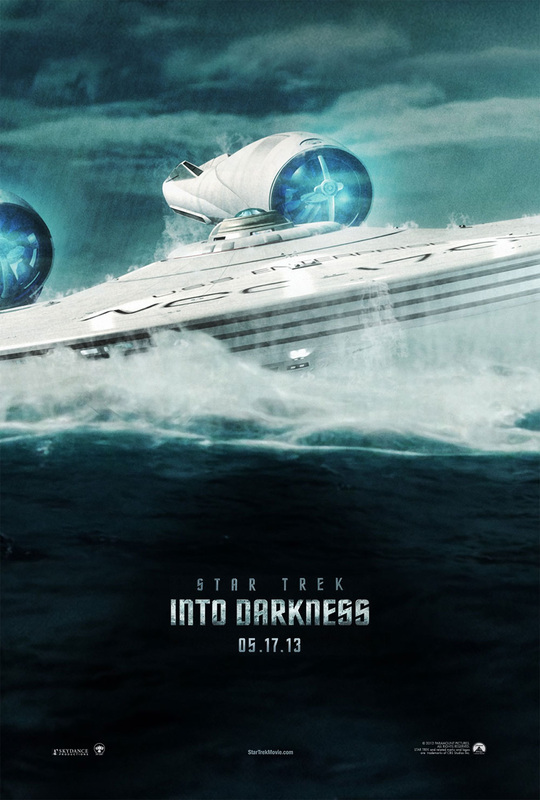

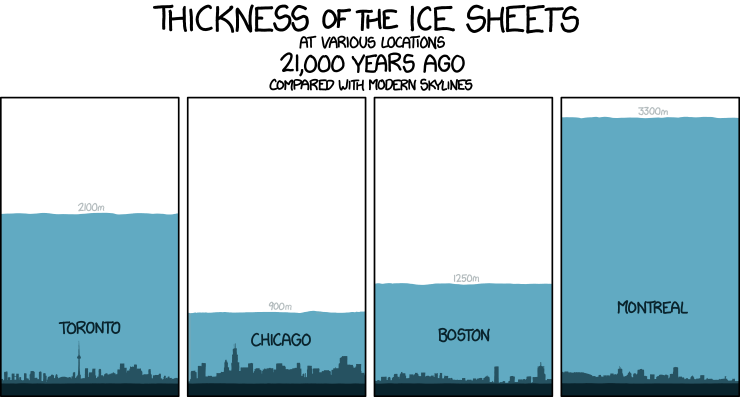

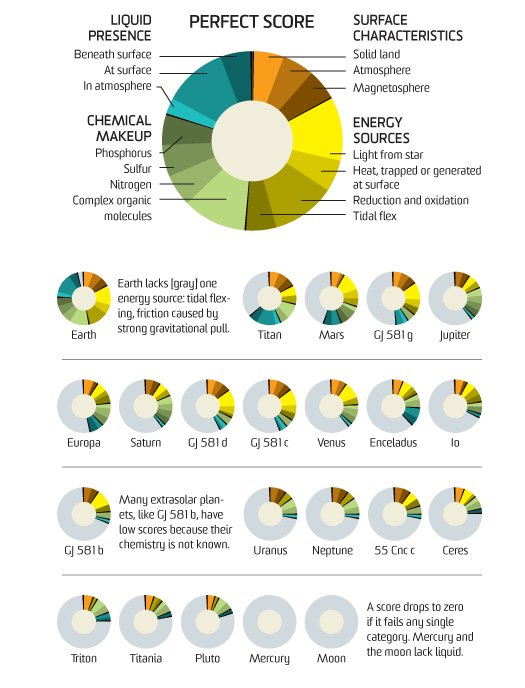


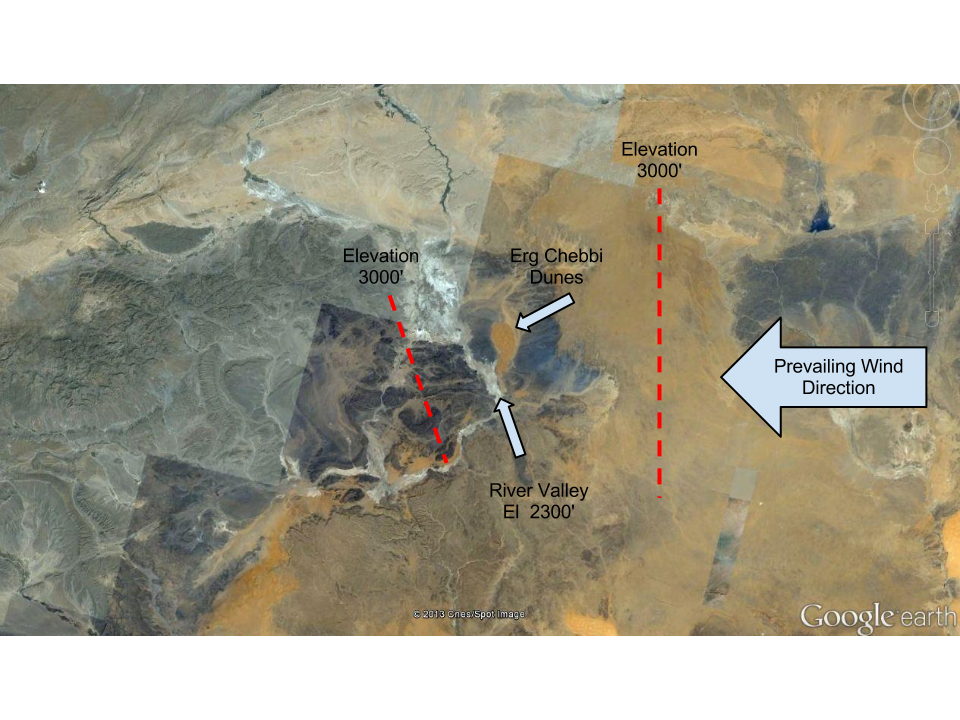
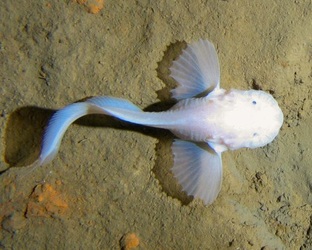
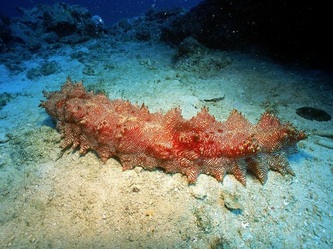



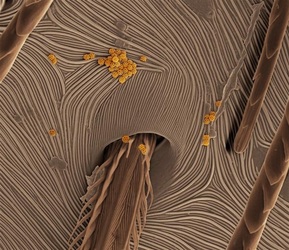
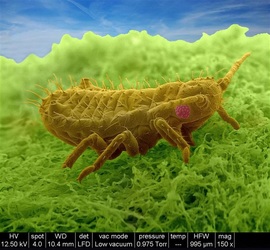



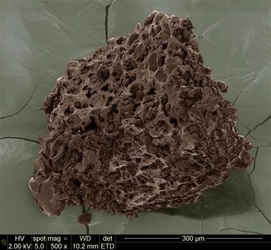
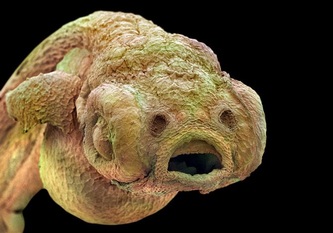

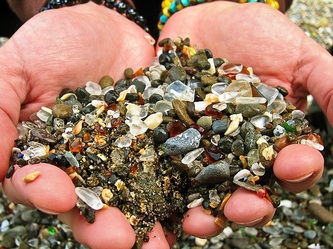

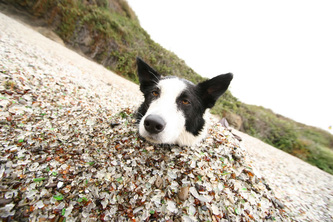
 RSS Feed
RSS Feed